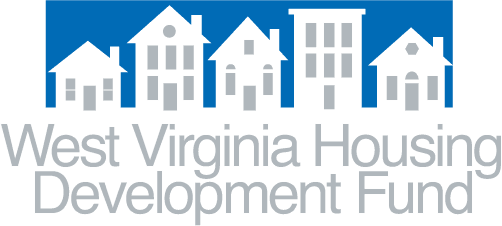Form HUD-9834, Management Review for Multifamily Housing Projects (MOR), is used to assess the management and oversight of the properties and determine the level of compliance with property policies and procedures, HUD policies and regulations, and other federal regulations.
Management and Occupancy Reviews (MORs)
As Contract Administrator, WVHDF conducts a MOR on behalf of HUD to evaluate compliance of your property with the requirements of the Section 8 program and the Housing Assistance Payments (HAP) Contract. When your property is selected, an Asset Management Specialist will contact you to schedule the review.
Notes
- An MOR is scheduled at least 2 weeks in advance of the on-site review.
- Owner/Agent’s responsibility is to provide proper notice to residents advising them that their unit may be selected for inspection.
- Addendum B must be signed by the Owner not the Manager or Agent.
- Provide the documents required prior to your scheduled on-site visit to the WVHDF (see checklist below).
- Preferred method of submission is through Teams (secure). For assistance, please contact Lisa Cunningham at 304-391-8657.
- MOR responses are due within 30 days of the MOR letter and report date.
Helpful Links
- HUDClips
- 4350.3 Occupancy Requirements of Subsidized MF Housing Programs
- 4350.1 MF Asset Management and Project Servicing
Management and Occupancy Reviews (MORs)
VAWA (Violence Against Women Act)
The Violence Against Women’s Reauthorization Act, Final Rule, provides protections for victims of domestic violence, dating violence, sexual assault and stalking. VAWA protections are not only available to women but also are available equally to all individuals regardless of sex, gender identity, or sexual orientation.
HUD has required certain forms and notifications for applicants and tenants to comply with the VAWA final rule and has posted these and additional resources on its VAWA Web Page.
The forms are model forms, and HUD advises owners/agents to customize them for their property, as long as they contain the same information and language. The forms can be found at HUDClips.
This includes the requirement to have an Emergency Transfer Plan (ETP).
VAWA (Violence Against Women Act)
Fair Housing
For information on Fair Housing, see the Fair Housing section on the Renter Information page.
In addition, there continues to be questions in regard to assistance animals and service animals. HUD has issued a Notice on Service Animals and Assistance Animals for People with Disabilities in Housing (FHEO-2013-01). The Notice explains the circumstances under which the Fair Housing Act, Section 504 of the Rehabilitation Act, and the Americans with Disabilities Act may require housing providers to allow applicants and tenants to use “service” and “assistance” animals. Importantly, HUD explains that housing providers must accommodate applicants and tenants who need an “assistance animal” which includes any animal that “works, provides assistance, or performs tasks for the benefit of a person with a disability, or provides emotional support that alleviates one or more identified symptoms or effects of a person’s disability.”
Fair Housing Rights and Obligations (HUD website)
Enterprise Income Verification (EIV) System
For information on EIV, see the EIV section of the Voucher Processing page.

